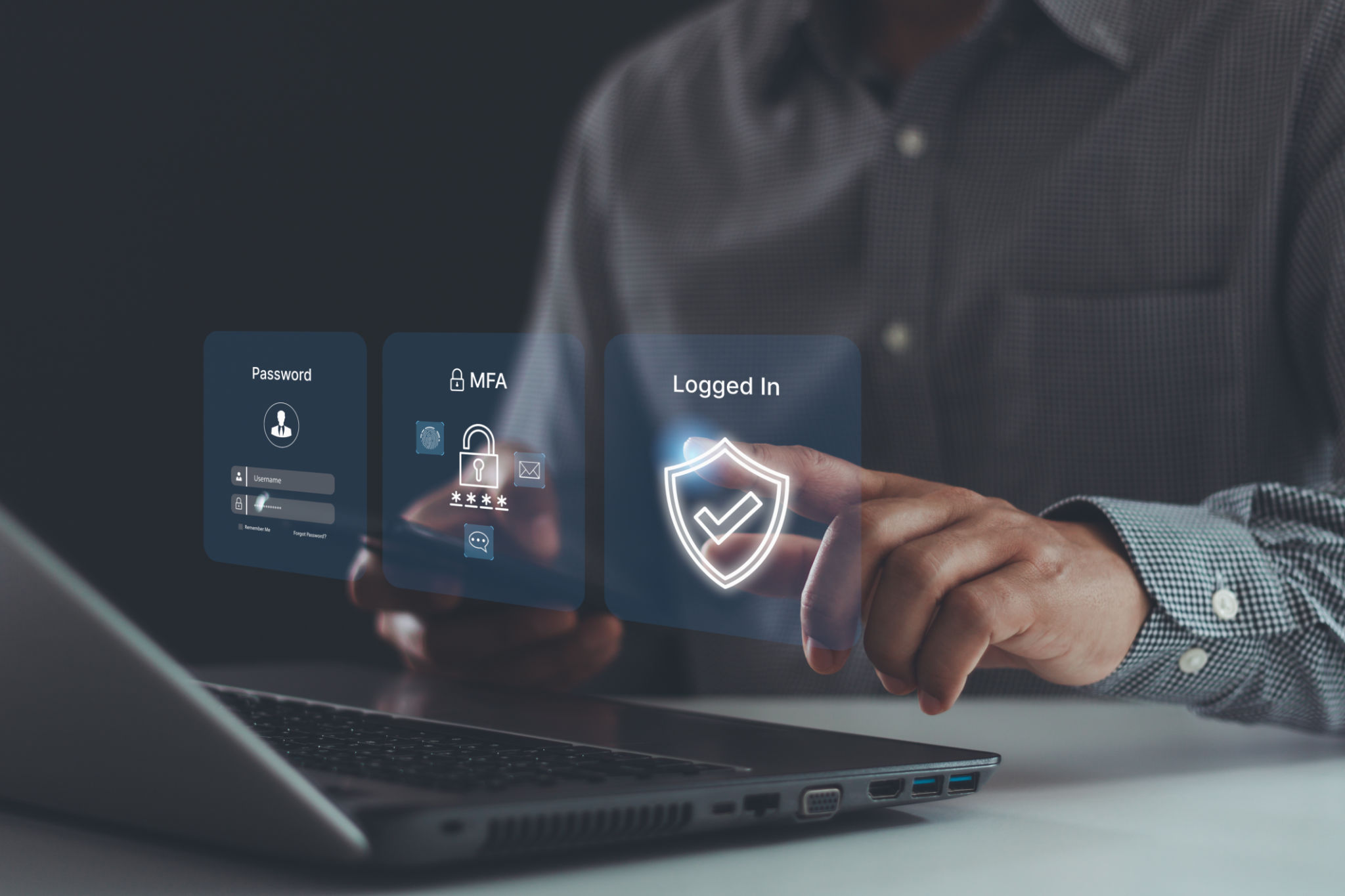Latest Trends in Cybersecurity: How to Stay Ahead of Threats
Understanding the Evolving Cybersecurity Landscape
In today's digital age, the cybersecurity landscape is constantly evolving, with new threats emerging daily. Businesses and individuals alike must be vigilant to protect themselves from potential breaches. By staying informed about the latest trends in cybersecurity, one can take proactive measures to safeguard sensitive information.

Increased Use of Artificial Intelligence
Artificial Intelligence (AI) is rapidly becoming a cornerstone of modern cybersecurity strategies. AI-powered tools can detect anomalies and potential threats much faster than traditional methods. These tools analyze vast amounts of data in real-time, identifying patterns that could indicate a breach. As AI continues to evolve, its role in cybersecurity is expected to grow even more significant.
Zero Trust Architecture
The concept of Zero Trust is gaining momentum as organizations move away from traditional perimeter-based security models. Zero Trust operates on the principle that no user or device should be trusted by default, regardless of whether they are inside or outside the network. This approach requires continuous verification, making it harder for unauthorized users to access sensitive data.

Enhancing User Awareness and Education
One of the most effective ways to prevent cyber threats is through user education and awareness. Many successful attacks exploit human error, such as clicking on phishing links or using weak passwords. By providing regular training sessions and updates on the latest threats, organizations can empower their employees to recognize and avoid potential risks.
Emphasis on Multi-Factor Authentication
Multi-Factor Authentication (MFA) is a critical component of cybersecurity. It adds an additional layer of security by requiring users to provide two or more verification factors to gain access. This significantly reduces the likelihood of unauthorized access, even if passwords are compromised. Implementing MFA should be a priority for any organization seeking to enhance its security posture.

Adopting Cloud Security Solutions
As more businesses migrate to cloud services, ensuring robust cloud security has become paramount. Cloud providers are continuously updating their security features to protect against new vulnerabilities. Organizations should work closely with their providers to understand and implement these security measures, ensuring that their data remains protected in the cloud environment.
Focus on Endpoint Security
With the rise of remote work, endpoint security has become increasingly important. Devices such as laptops, smartphones, and tablets are potential entry points for cyberattacks. Effective endpoint security involves deploying solutions that monitor and protect these devices from threats, ensuring that the entire network remains secure.
- Regularly update software and applications.
- Implement strong password policies.
- Conduct regular security audits and assessments.
By understanding and implementing these latest trends in cybersecurity, businesses can stay one step ahead of potential threats. It’s crucial to remain adaptable and proactive in this ever-changing landscape to protect valuable data and maintain trust with clients and stakeholders.